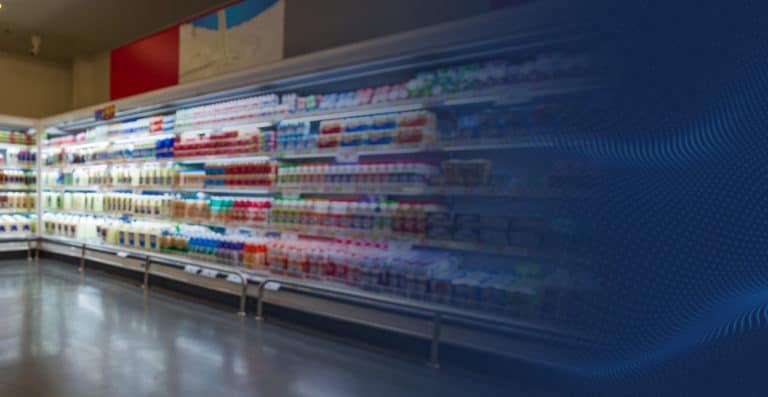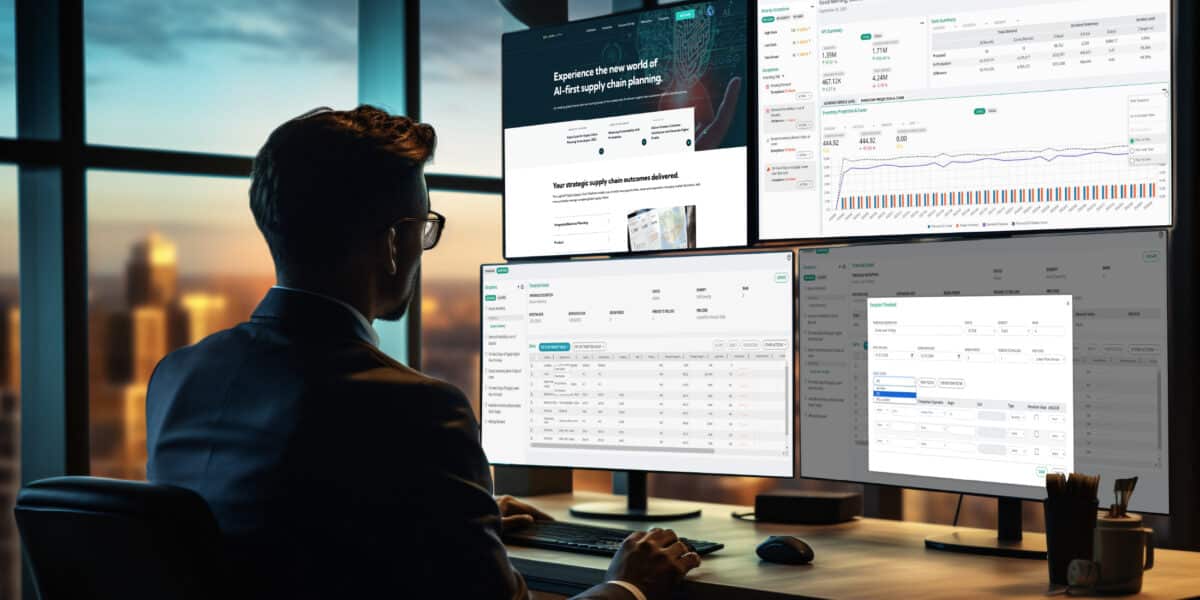
If the response to COVID-19 taught consumer packaged goods (CPG) companies nothing else, it highlighted the need not only for flexibility but also for growth goals that are tailored to the consumers of the future.
Establishing CPG growth goals for your company doesn’t have to be complicated, but it does require using all the data at your disposal – whether from within or outside your business – to forecast demand and continue the innovation that will propel success.
To establish growth goals means being proactive, taking a broad, big-picture view, and making sure you have the necessary data to develop goals that are not only appropriate but realistic. Whether you are new to the market, pursuing a new category, or want to expand your reach, the following tips will help you set achievable goals.
1. What will shape the “new normal”
The pandemic has reshaped the entire CPG market, and although every market is different, there are some common threads that must be woven in when developing your next set of CPG growth goals.
One of these is how people spend their time at home; the pandemic and ensuing lockdowns meant home became everything from the gym to the workplace to a place to shop. At the same time, the McKinsey study linked above found that consumer spending decreased, especially in discretionary categories, and 20% of consumers said they have deserted preferred brands and retailers and plan to make these switches permanent. These actions were mainly driven by availability, convenience, and price considerations.
However, consumer spending was up for health-related items, with the U.S. supplement market growing 130% and sales of organic produce skyrocketing.
While media consumption during the pandemic increased spectacularly due to people staying at home, CPG companies have had to adjust their marketing spend and approach, with almost half canceling campaigns altogether and two-thirds cutting advertising budgets. Those companies paying attention to consumer sentiment drew in buyers with an active response to the virus.
CPG companies should also pay attention to remote and hybrid work models as they evolve, especially those involved in the home office categories.
Trendspotting is an important part of CPG growth goals, and your company should be prepared to adjust strategies as needed using data and analytics.
2. Data is the key to growth
To set growth goals, you will need to use data to predict consumer demand, use these forecasts to identify opportunities, and develop new, agile models that allow quick responses to evolving consumer needs and demands. Data and the platforms you use to analyze it will be critical to your ability to predict CPG demand in the future.
3. Predict demand
Demand became hard to judge during the pandemic as spending was skewed by real and perceived shortages.
This makes accurate, relevant data and analytics even more critical for demand forecasting. You must also keep in mind that some pandemic-related effects can be considered on-off, such as remote work, school and restaurant closures, brand switching, and consumer desires to shop closer to home.
In order to overcome these challenges, your demand planning strategy should be built on a solid analytical foundation that includes these steps:
- Develop a complete understanding of current consumer behavior: Look at both the long- and short-term impact of these changes and exactly how they apply to your brand. Examine consumer sentiment, digital engagement, online search, and category-specific data.
- Use machine learning to cast a wide data net: Track historical sales, online and offline data, and combine those with other macroeconomic indicators. Then use data sources such as consumer sentiment, social listening, search trends, and your category-specific data to build a complete picture using machine learning techniques to find underlying predictors.
- Develop different scenarios: Of course, there will still be many unknowns in any demand prediction model, which means you can’t rely on just one scenario. Use your data analytics to develop a range of CPG scenarios and set growth goals that will help your company navigate the future with the agility to respond to evolving market conditions.
4. Seek out third-party data
Your current growth model is likely based on internal data and past sales history, but in today’s CPG environment, that means a lack of market visibility and trends.
Look for outside data on market size, competition, product performance, and category potential. This will help you make appropriate decisions and chart a realistic growth plan.
5. Learn how to leverage your data
Great data is useless unless you know how to use it to not only accurately predict future growth but achieve it. Use your data to build a complete understanding of product categories, the retailers who buy your products, and the consumers who use them.
Leveraging your data means creating a compelling story not just for internal consumption, but also to gain market share with retailers. This comes not just from sharing current sales data but also the category performance and predicted future gains that will motivate them to stock their shelves with your products.
6. Innovate, innovate, innovate
All that fabulous data at your fingertips should spark new ways to create and satisfy new customers. Use your network of customers to test new products or improvements to existing ones. Ask for their feedback, and then use it to generate even more ideas for improvements, new products, and new sales channels.
The tastes and desires of consumers are always changing, as are dynamics with retailers, and don’t forget about the competition. This means constant vigilance for CPG manufacturers, keeping growth plans top of mind, and using your right-brain creativity combined with the data to achieve both growth and sustained success.
You’ve built a growth machine — make sure your supply chain can sustain it
Logility is trusted by the world’s biggest brands to deliver the supply chain solutions they need. We are a trusted innovation partner committed to enabling our customers to operate the most resilient and sustainable supply chain, one that will make them leaders in their industry year after year.
Reach out to one of our supply chain specialists to learn how we can make you an industry leader.


